Get an all-inclusive guide on shipping to Singapore to the US. Find out the fee, transit, customs rules and best shipping techniques in this informative guide.
Understanding US to Singapore Shipping Routes
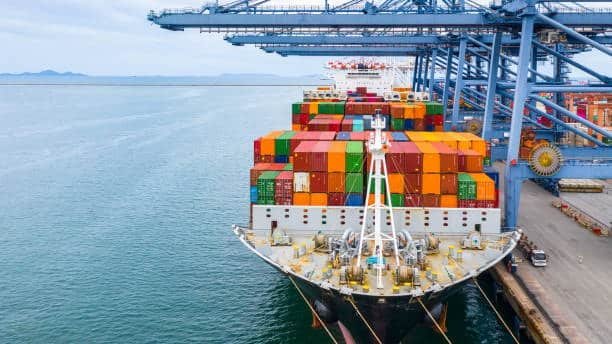
The United States to Singapore shipping to singapore inherits the channel of one of the most significant trading routes in the world. Singapore is a strategic meeting point of Southeast Asian trade and therefore an important destination that American businesses should consider as they seek to expand their market in the Asian Pacific. The general shipping route has an average distance of about 10,000-12,000 nautical miles (depending on particular departure and entry ports).
The most typical shipping routes ship to singapore departing (West Coast) out of the major US ports of Los Angeles, Long Beach, Oakland, Seattle and Tacoma and (East Coast) out of New York, Savannah and Charleston. These routes have linkages to the world-class port facilities of Singapore such as Port of Singapore that is among the leading container ports in the world, which can affect shipping rates .
Available Shipping Methods and Transit Times

There are multiple options available when transporting cargo out of the US to Singapore, and each of them has particular benefits and a different transit time. Ocean freight is the most economical way to ship when it comes to large consignments and it takes between 14-30 days depending on the origin port and the nature of the service, making it a popular choice for affordable shipping .
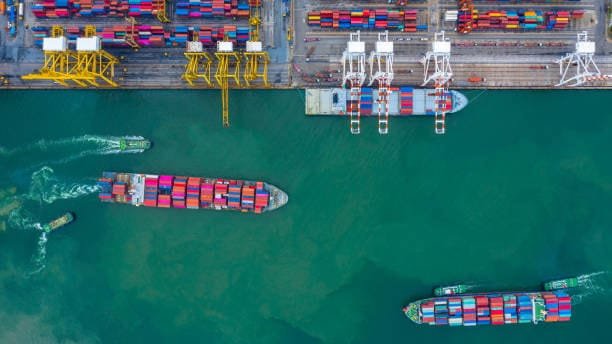
Air freight is the quickest mode of transport with a transit time of 3-7 days door to door. It is a perfect mode when dealing with urgent deliveries, valuable products, or time-constrained products. Major carriers such as DHL, FedEx and UPS offer express courier services that are even more convenient with 2-5 business days transit time.
Some sea-air combination services are also offered to those businesses that want to balance cost and speed, providing faster transmission than pure ocean freight at a reasonable cost compared to air freight.
Ocean Freight Shipping Options

The US to Singapore ocean freight services are provided in various levels to suit the needs of various businesses. Full Container Load (FCL) shipping offers the exclusivity of a container, good choice when having a large volume or when a business needs an additional level of security and control over handling of cargo, while being mindful of customs duties .
Less than Container Load (LCL) shipping is an affordable option for businesses that do not have large volumes of shipping since it offers the opportunity to share the container with other freights. The standard sizes of containers are 20-foot and 40-foot long containers with high-cube containers that are used when the cargo is lighter and bulkier, which may expedite customs processes .
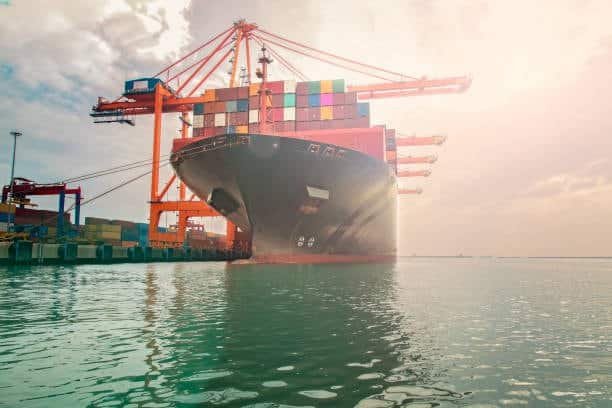
Ocean freight transit times are usually 18-25 days out of West Coast ports and 25-35 days out of East Coast ports. Issues that influence the transit time are weather, port congestion, and the route efficiency of the shipping line in question.
Air Freight Solutions for Urgent Deliveries
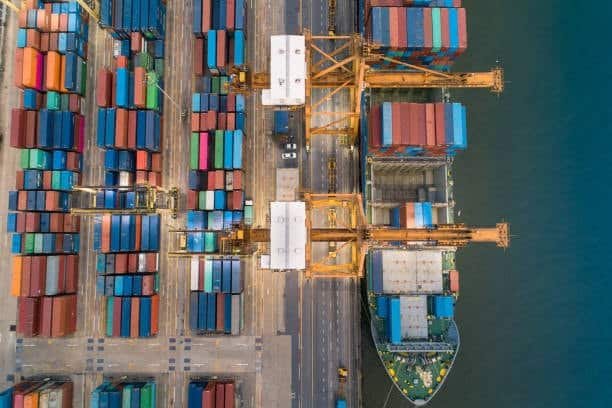
Air freight offers the quickest transport service between the US to Singapore and is, therefore, important in time-sensitive consignments. Some of the major airlines that ply this route are Singapore airlines Cargo, Cathay Pacific Cargo and some cargo bearing American airlines.
Air freight charges are estimated on either actual weight or dimensional weight, whichever is bigger. Such a pricing system makes air freight most appropriate when dealing with high value but low weight products or when dealing with time-sensitive cargo when the speed tolerance warrants the additional expense.
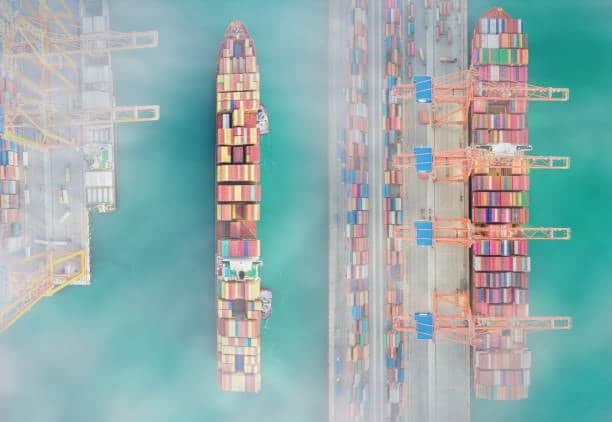
Flights connecting the main US cities, such as Los Angeles, San Francisco, or New York, to Singapore directly can take up to 17-20 hours, and it will also take time to pass customs and get to the city center, which is subject to customs regulations .
Express Courier Services Comparison

Express couriers provide a door-to-door service and have full tracking capabilities. DHL Express usually offers a 2-4 days delivery service between the US and Singapore and has a wide coverage in both countries.
FedEx international priority has comparable transit times and is reliable with extensive insurance availability. UPS Worldwide Express offers charge competitive rates and delivery times especially on business to business shipments, but businesses should also consider potential duties and taxes .
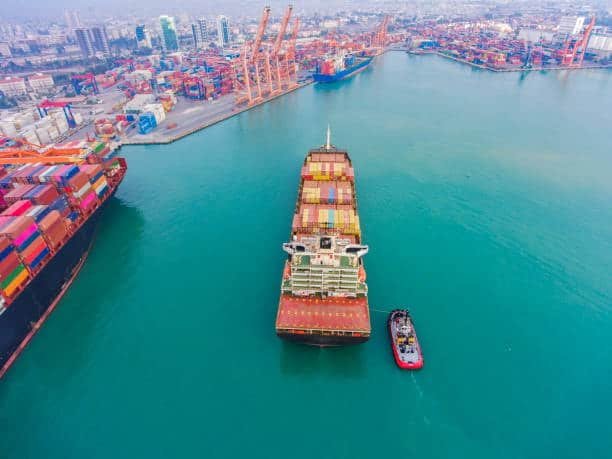
Such services are ideal where the shipment is small to medium size and does not need a high level of handling complexity as they include customs clearance, documentation handling and delivery confirmation.
Documentation Requirements and Compliance
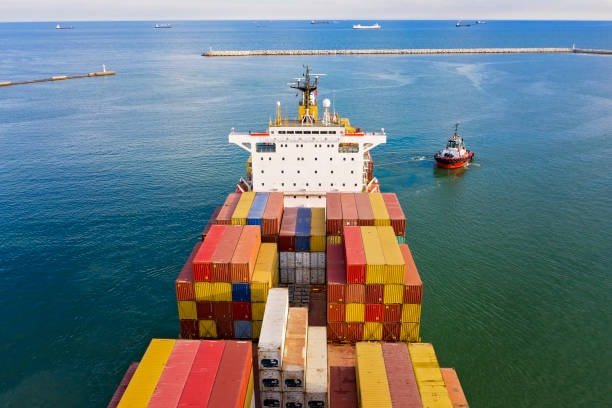
The documentation is an important process in successful shipping of items in the US to Singapore. Required documents under customs procedures are commercial invoice describing the value and contents of the shipment, a packing list indicating the individual items and quantity and a bill of lading or airway bill which is the contract of transportation.
The goods that require certain import permits in Singapore are electronics, pharmaceuticals and food products. When it comes to preferential trade treatment in different trade agreements, certificates of origin can be required.
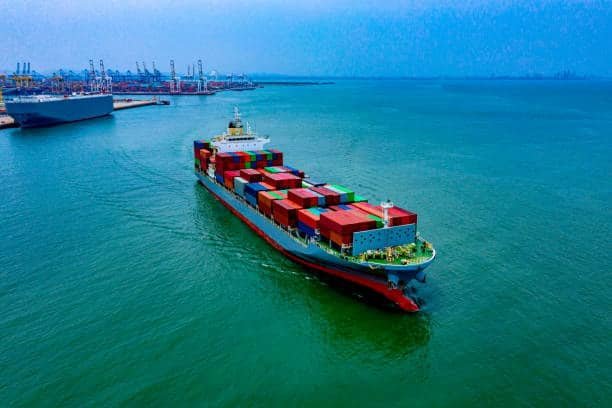
Any documentation should be correct and full to not be kept aside by customs or have to pay a fine. Many shipments are cleared faster because electronically submitting the clearance details is done via the TradeNet system, provided by Singapore.
Customs Clearance Process in Singapore

The customs clearance procedure in Singapore is generally effective and the majority of the shipments are cleared within 24-48 hours after their arrival. The customs operations are under the Immigration and Checkpoints Authority (ICA) which employs the use of advanced technology and risk assessment systems.
Goods and Services Tax (GST) is normally not charged on goods below SGD 400, but shipments above this amount attract a 7 percent GST. Other duties or taxes can be imposed on certain items, including prohibited items, depending on the classification and origin.

TradeNet system enables the electronic filing of importation declarations, permits and certificates which facilitated the clearance of compliant consignments.
Shipping Costs and Pricing Factors
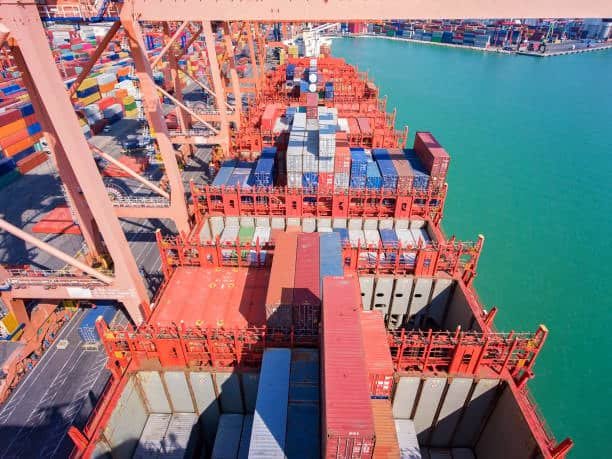
The prices of shipping goods out of the US to Singapore differ vastly depending on various aspects such as the size and the weight of the shipment, the level of service required, and even the changes in seasons and demands. Depending on the route and the nature of service, ocean freight prices usually lie between $1,500-$4,000 per 20-foot container.
Air freight charges are quoted on a per kilogram basis and the rates range between 3-8 dollars per kg of normal service. Express couriers Services are expensively priced, usually between 20-50 dollars per kg depending on the level of service and the speed of delivery.
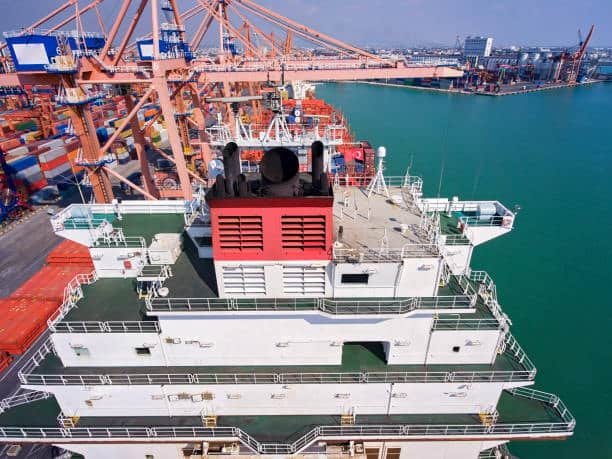
Other charges to be aware of are fuel surcharges, security charges, documentation charges and destination handling charges. Such ancillary fees may increase the basic shipping cost by 20-40 percent.
Import Duties and Tax Considerations
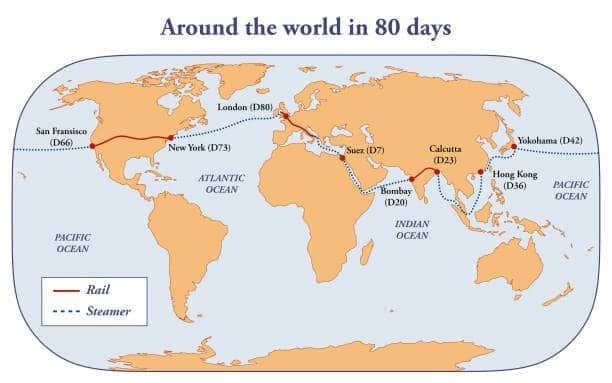
Singapore has a somewhat straightforward duty system with the majority of produced goods being imported duty-free as a part of different trade agreements. Nonetheless, there are other products such as automobiles, alcohol and tobacco products which attract high duty rates as they are classified as controlled goods .
Most of the imported goods that are more than SGD 400 are charged Goods and Services Tax (GST) of 7 percent. This duty is computed on the CIF (Cost, Insurance and Freight) value of the shipment along with the duties.

All businesses that bring in goods to sell can register GST to get input tax credits that can ultimately decrease the net tax. When the goods are classified properly with the right Harmonized System (HS) codes, the duty is also assessed accurately.
Prohibited and Restricted Items
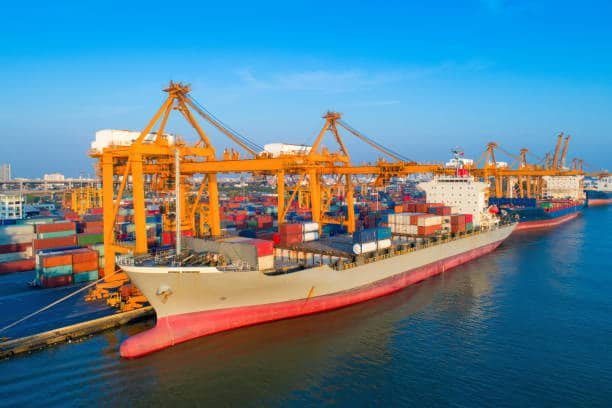
Singapore has strict control of some types of goods to ensure the safety of the people, their health and safety. Goods such as narcotics, weapons and fake products are completely banned, whereas other imported items are subject to strict regulations . An attempt to import such items may lead to heavy penalties such as jail sentences.
There are restricted items which cannot be imported without special permits or licenses. This is in form of pharmaceuticals, food products, electronics and some chemicals. The regulating agency also depends on the type of product whereby certain products need several permits issued by various authorities.
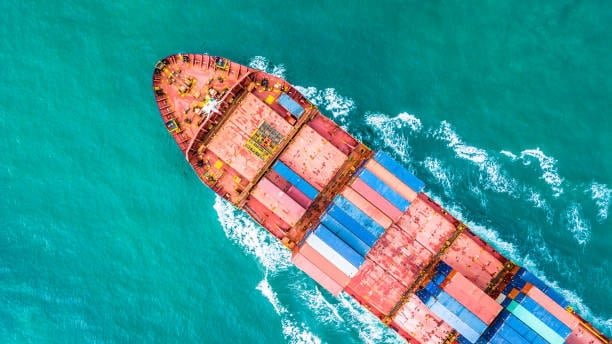
Telecommunications equipment and food products are among common restricted items when it comes to business shipments; the former needs the Infocomm Media Development Authority approval, and the latter needs the Singapore Food Agency permit.
Packaging and Labeling Requirements

The goods should be well packaged to enhance their safety in the long US to Singapore voyage. The shipping packages Ocean freight packages must be moisture resistant because of the marine environment, whereas air freight packages are strictly limited by weight and dimensions.
Every package should be well marked with the shipper and consignee details, consisting of the full address and contacts. Special labeling and documentation of hazardous materials should be made as per the international regulations.
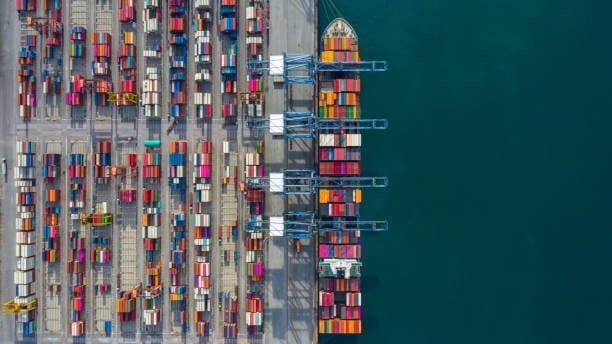
Singapore has certain labeling requirements on some products which must be in English such as country of origin, ingredients in the case of foodstuffs, and safety warnings amongst others. These requirements are important towards avoiding delays and possible penalties.
Insurance and Risk Management
Cargo insurance is against loss that might occur during the transit of goods in the US to Singapore. The basic carrier liability is low and therefore valuable shipments should be insured with extra insurance.
The marine cargo insurance is normally exposed to risks such as total loss, general average, and theft. Air cargo insurance offers the same coverage but with extra amount covering certain aviation risks.
The cost of insurance will usually be 0.1-0.5 percent of the value of the shipment, depending on the type of goods, the route of the transit and the amount of coverage desired. Valuable or delicate possessions might need a special coverage.
Transit Time Optimization Strategies
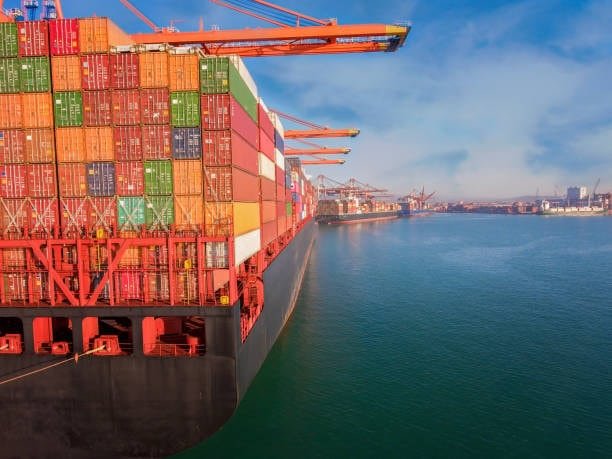
Reducing the transit time involves proper planning and selection of proper service levels. Direct sailing reduces transit time of ocean freight, whereas the airlines with maximum frequency of flights decreases the air freight delivery time shipment falls.
When shipments are consolidated into larger volumes, service priority can be better and the cost per unit can be lesser. This strategy should however be weighed against inventory carrying cost as well as customer service levels.

It clears customs documentation advantages delays at destination ports since all regulations are adhered to in advance. It also eases the whole process when one deals with experienced freight forwarders who know the US-Singapore trade requirements.
Tracking and Monitoring Shipments
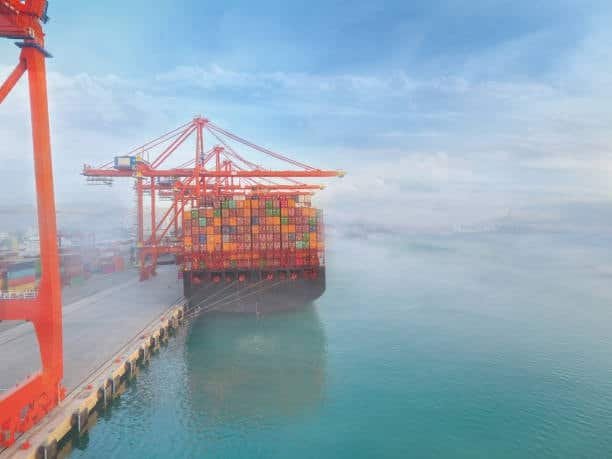
The current shipping services have advanced track and trace services that enable one to monitor the movement of goods in real-time between the US and Singapore. Container vessels have fitting GPS trackers that give locations along the voyage delivery speeds.
Air freight and express courier services provide end-to-end tracking and status update at every handling point. The visibility assists the businesses in managing inventory, and in informing customers of delivery expectations motor vehicles.
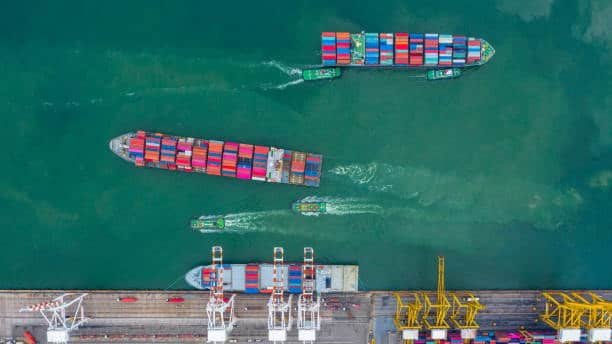
High-tech tracking systems also alarm about possible delays or problems, which allows solving the problems proactively and notifying customers.
Freight Forwarder Selection Criteria
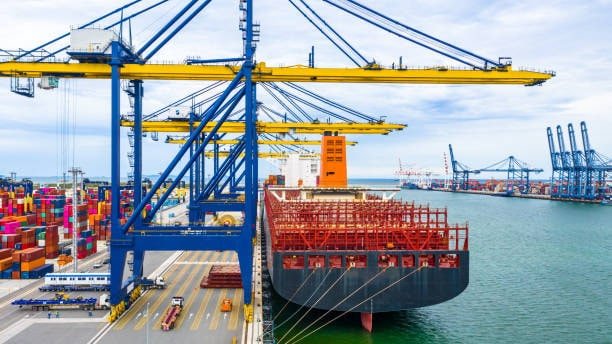
Selecting the appropriate freight forwarder plays an important role towards shipping success between the US and Singapore, and using a shipping calculator can aid in this process . The most important selection criteria are the experience in the particular trade lane, full service coverage and attractive pricing models compared to those offered by other countries .
Standard forwarders have accounts with several carriers, which offers flexibility and backup services in case of problems. Technology features as online booking, tracking, and documentation system improve the efficiency of service.
Financial stability and insurance cover insures against any losses which might arise due to bankruptcy or operational failure of the forwarder. References and industry ratings ensure a good way to check the quality and reliability of service.
Seasonal Considerations and Peak Periods
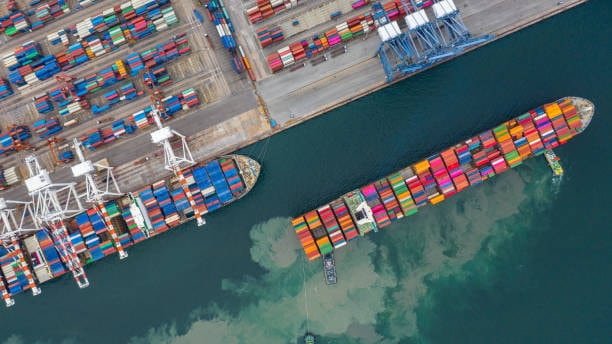
The US to Singapore shipping is a seasonal trade that has a tendency to influence the capacity and the price. The high season is usually between August and October when preparations toward the end of the year shopping seasons are done.
It is important to reserve space early especially during the peak seasons, especially in ocean freight services. Prices hike up considerably during these times, and certain routes and service categories may even double.
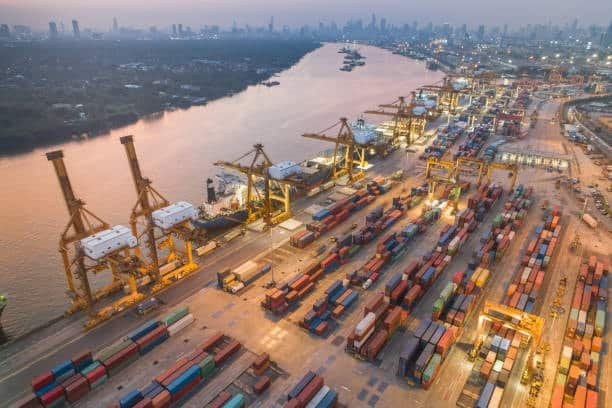
Such events as Chinese New Year in January or February may also affect the shipping schedule and shipping capacity because many ports and facilities throughout Asia limit their operations during this time to a reduced capacity.
Technology and Digital Solutions

The contemporary shipping makes use of innovative technology to enhance efficiency and transparency. The electronic data interchange (EDI) systems facilitate the smooth flow of information among the shippers, carriers and the customs customs paperwork.
In terms of supply chain visibility and document verification, blockchain technology is gaining traction and helping to minimize fraud risks as well as enhance the levels of trust among trading partners. Online systems facilitate booking, records and payments.
Machine learning and artificial intelligence can be used to optimize the routing choices and anticipate any delays, thus managing proactively the shipping operations between the US and Singapore.
Environmental Impact and Sustainability
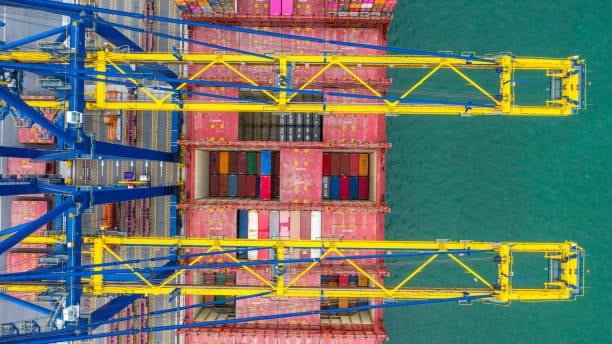
The environmental implications of shipping US goods to Singapore are becoming an increasing worry to businesses and consumers. Ocean transport causes much less carbon emissions per unit of transport than air transport, and therefore it is more sustainable to use ocean transport when the goods being transported are not urgent singaporean customers.
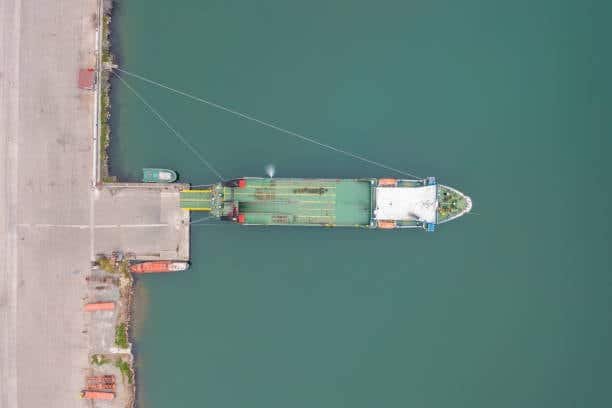
An increasing number of shipping lines are providing carbon-neutral shipping via carbon offset schemes or low-soot fuel options. The services are generally high priced, yet assist companies to achieve sustainability obligations.
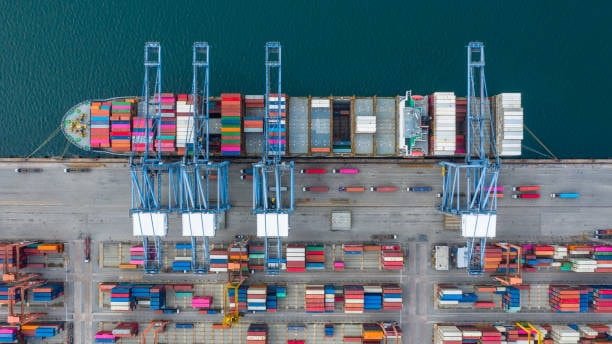
Grouping shipments and maximizing packages helps diminish the total impact on the environment with a possibility of reducing shipping expenses. There is increased involvement of environmental consideration by businesses beyond the conventional cost and service considerations.
Future Trends and Developments

The Singapore and US shipping market keep changing due to emerging technologies and shifting trade patterns. Self-propelled vessels and highly automated ports will bring additional cost savings and efficiency in the next few years ups worldwide saver.
The development of e-commerce generates the need in faster and more flexible shipping options, which results in increased express services and last-mile delivery possibilities. Digital platforms are taking over every part of the shipping process, booking, to delivery priority mail express international.
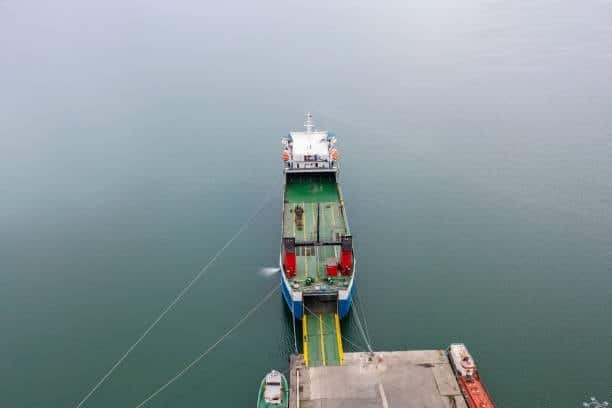
New free trade agreements and amendments in the trade policy might bring substantial effects to the shipping routes, prices, and practices. Being in touch with such developments assists businesses to adjust their shipping strategies.
Best Practices for Successful Shipping
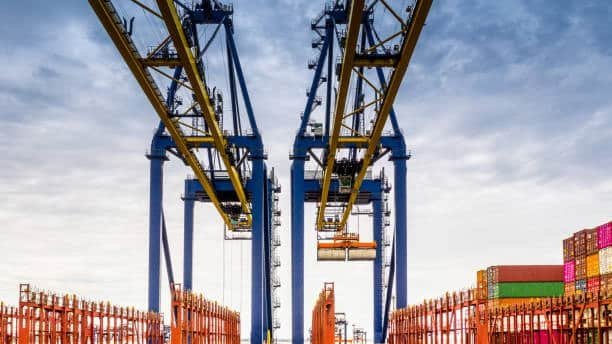
The shipping of products in the US to Singapore must be done with care and forethought. Beginning with proper documentation and classification of the product eliminates majority of the issues that are common and lead to delays or extra costs. Establishing a network of good service providers such as freight forwarders, customs brokers, and local agents will provide a support system in dealing with complicated scenarios, including the shipping of items like video tapes, and help to start shipping efficiently . Consistent updates during the transportation of goods keep all the parties updated and on course. Having backup moves in case of interruptions is a sure way of ensuring that a business is able to act swiftly when faced with unexpected problems. It involves finding alternative routes, carriers as well as service providers upon unavailability of primary choices customs permit.
About GWT Worldwide
Shenzhen Guanwutong International Freight Forwarding Co., Ltd. (GWT Worldwide) is a Logistics service company that is professional in Freight forwarding worldwide, supply chain management, and cross-border e-commerce logistics. As a leading player in China and the global markets, GWT Worldwide is an organization dedicated to providing quality, affordable and personalized logistics solutions to companies in the global markets.
GWT Worldwide main service areas incorporate Air Freight & Sea Freight, China Europe Railway Transport, International Express & Courier Solutions, Customs Clearance Warehousing, and Amazon FBA Shipping Labeling Support. It is efficient, transparent, and customer-satisfied because it combines innovative logistics technology with a worldwide network of certified partners to make sure that goods can be transported safely, fast, and according to all regulatory requirements between origin and destination first class mail international.
Conclusion
To achieve a successful result when shipping out of the US to Singapore, one is to pay attention to a range of aspects such as price, transit time, documentation, and service reliability. With this knowledge of the different shipping options, compliance regulations and best practices discussed in this guide, a business would be in a position of making informed choices that would streamline their supply chain practices. Be it when opting to use ocean freight due to its cost-effectiveness, air freight due to its speed or express services due to its convenience, adequate planning and implementation will result in successful delivery to this strategic Southeast Asian market. By cooperating with freight forwarders who are experienced in the field and keeping up with the changes in regulations, a business can succeed in avoiding the pitfalls of international shipping and keep the competitive benefits in the global market.
